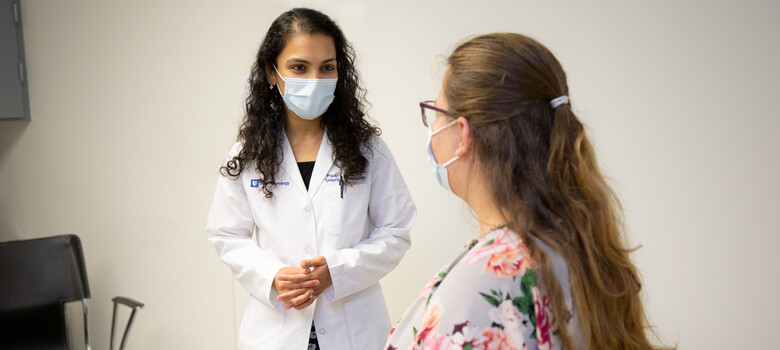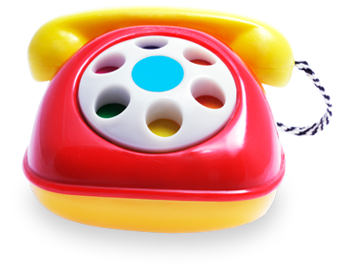New implantable neurostimulation devices can prevent or disrupt seizure activity in your child’s brain. While the devices are placed surgically, these procedures are usually minimally invasive, so your child may be able to go home the same day.
Vagus Nerve Stimulation (VNS)
VNS therapy is typically considered when epilepsy surgery is not an option. A pacemaker-like device is implanted in the child’s chest during an outpatient procedure. It controls seizures by sending electrical impulses to the vagus nerve, which then sends the impulses to the brain. This device is FDA-approved for children as young as four years old.
Responsive Neurostimulation (RNS)*
A neurostimulator implanted under the scalp is connected to electrodes placed on the surface of or in your child’s brain. This device continuously “listens” for seizure activity from a specific brain region and sends an electrical signal to interrupt seizure patterns. RNS is best for people whose seizures originate in an area of the brain responsible for movement, speech, or other important functions.
Deep Brain Stimulation (DBS)*
This newer technology involves placing electrodes in a specific part of the deep brain. The electrodes are connected to a device implanted under the skin of the chest. The DBS sends scheduled electrical signals to deep brain structures to stop seizure episodes. This device may be an option for people whose seizures come from many parts of the brain or in whom resective epilepsy surgery is not an option.
*RNS and DBS devices are FDA-approved for people ages 18 years and older. However, they can also be used in younger children in certain circumstances.


